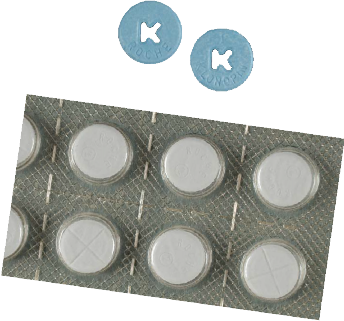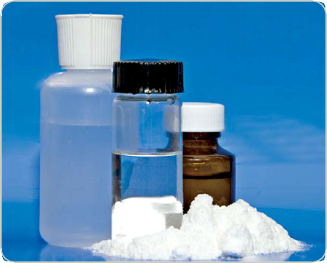3.6 Depressants (an overview)
What Are Depressants?
Depressants will put you to sleep, relieve anxiety and muscle spasms, and prevent seizures. Barbiturates, an older type of depressant, include Phenobarbital, Pentothal, Seconal, and Nembutal. Benzodiazepines, a newer type of depressant, were developed to replace barbiturates. Some examples are Valium, Xanax, Halcion, and Ativan. Other depressants inlcude Lunesta, Ambien, and Sonata, sedative medications approved for the short-term treatment of insomnia that share many of the properties of benzodiazepines. Other depressants include Quaalude, GHB and Rohypnol, and alcohol.
What is their origin?
Various depressants have different origins. Alcohol has a long history, back many thousands of years, some pharmaceutical depressants were identified in the 1950’s.

What do they look like?
Depressants come in the form of pills, syrups, and injectable liquids.
How are they administered?
Individuals may use oral administration, injection, or snorting to take depressants.
What is their effect on the mind?
Depressants induce sleep, relieve anxiety and muscle spasms, and prevent seizures. They can also cause amnesia, leaving no memory of events that occur while under the influence of the substance, reduce reaction time, impair mental functioning and judgment, and cause confusion. Long-term use of depressants produces psychological dependence and tolerance.
What is their effect on the body?
Some depressants can relax the muscles. Other physical effects include slurred speech, loss of motor coordination, weakness, headache, light-headedness, blurred vision, dizziness, nausea, vomiting, low blood pressure, and slowed breathing.

Prolonged use of depressants can lead to physical dependence even at doses recommended for medical treatment. Unlike barbiturates, large doses of benzodiazepines are rarely fatal unless combined with other drugs or alcohol. But unlike the withdrawal symptoms seen with most other substances, withdrawal from depressants can be life-threatening.
What is their legal status in Canada?
Most depressants are controlled substances that range from Schedule I to Schedule IV under the CDSA.
Read
Canadian Drug Summary: Sedatives by Canadian Centre on Substance Use and Addiction[1]
Chapter Credit
Adapted from Unit 3.6 in Drugs, Health & Behavior by Jacqueline Schwab. CC BY-NC-SA. Updated with Canadian Content.
Image Credits
- Klonopin and GHB, Drugs of Abuse from: U.S. Department of Justice Drug Enforcement Administration. (2017). Drugs of abuse, (pp. 56, 57). https://www.dea.gov/sites/default/files/2018-06/drug_of_abuse.pdf
- Canadian Centre on Substance Use and Addiction. (2019). Sedatives (Canadian Drug Summary). https://ccsa.ca/sites/default/files/2019-06/CCSA-Canadian-Drug-Summary-Sedatives-2019-en.pdf ↵

